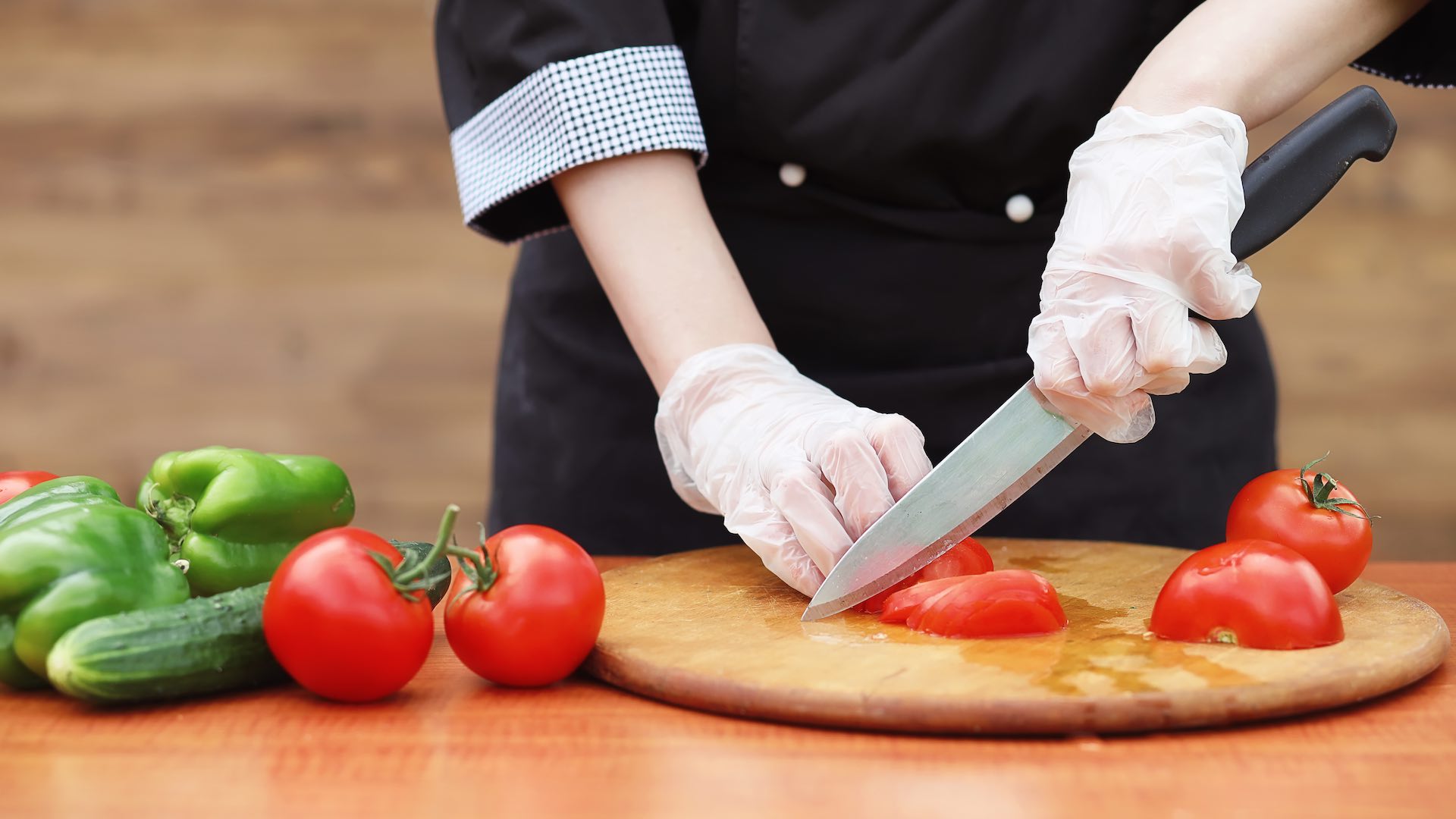The prevalence of plastic in our lives, especially in items like cutting boards, has recently come under scrutiny due to health concerns. A disturbing new study in the journal Ecotoxicology and Public Health has shed light on the amount of microplastics released from plastic cutting boards during food preparation. This has led to a growing debate about the safety of using these common kitchen items.

The study compared two types of plastic cutting boards, polypropylene and polyethylene, to determine the amount of microplastic particles transferred to food. Remarkably, it was found that each use of these boards could result in 1,114 microplastic particles on food, equivalent to about 50 grams of microplastics annually. This revelation has raised questions about the potential health impacts of such exposure.
Alex LeBeau, PhD, MPH, CIH, a toxicologist and certified industrial hygienist, discussed with The Kitchn the implications of regular use of plastic cutting boards on human health. He highlighted that while the study shows the release of microplastics, it does not confirm their harmful effects on health. The current research linking microplastics to health problems, including impacts on the digestive, respiratory, endocrine, and reproductive systems, is still in its early stages and largely based on animal studies.

Dr. LeBeau emphasizes the need for more comprehensive research over a longer period to understand the true effects of microplastics on human health. He also points out that while microplastics are a potential source of exposure, their actual risk to human health is not yet clear. In light of these findings, the question arises whether it’s necessary to replace plastic cutting boards. Dr. LeBeau suggests that the additional microplastic exposure from cutting boards is minimal compared to what we already encounter in our daily lives. He also notes the importance of considering the pros and cons of alternative materials, like wood or bamboo cutting boards, which have their own set of risks and benefits.
In conclusion, while the study on plastic cutting boards highlights a potential health risk due to microplastic exposure, the overall impact on human health remains uncertain. Dr. LeBeau emphasizes that our daily exposure to microplastics from various sources likely dwarfs that from cutting boards. Nevertheless, for those seeking alternatives, the USDA advises considering bamboo cutting boards, known for their lower porosity and density. Regardless of the choice, proper and thorough cleaning is crucial for safe food preparation.
